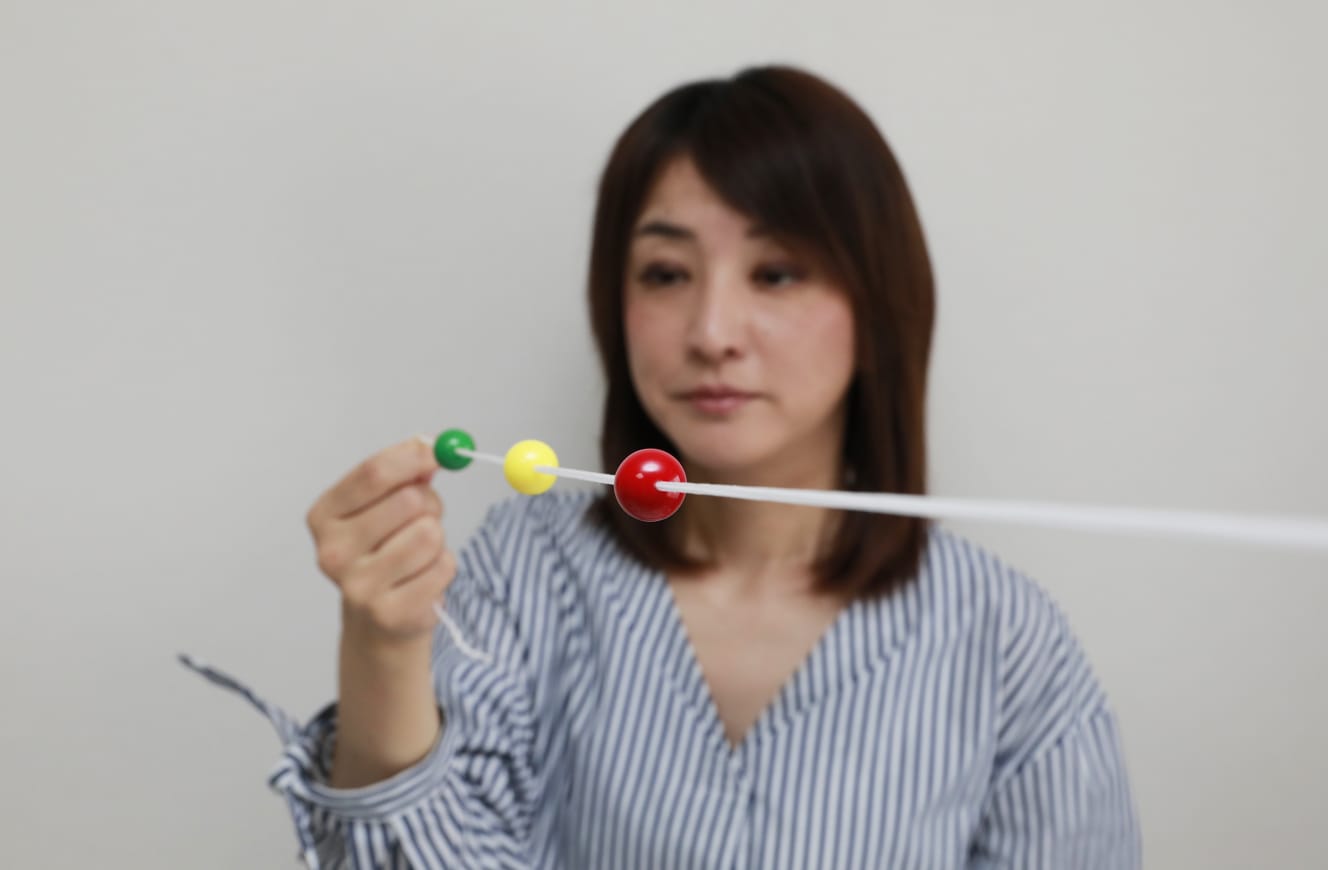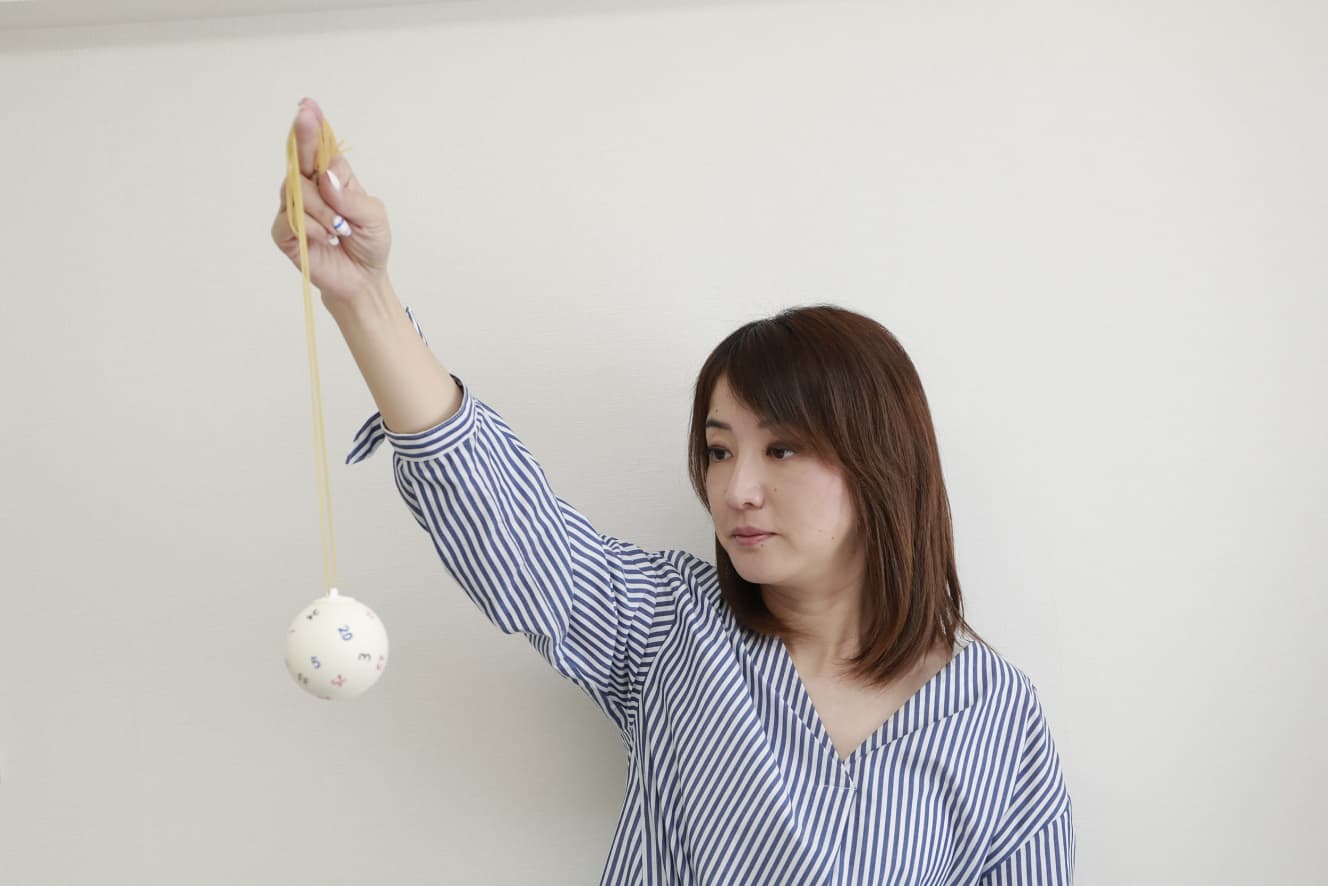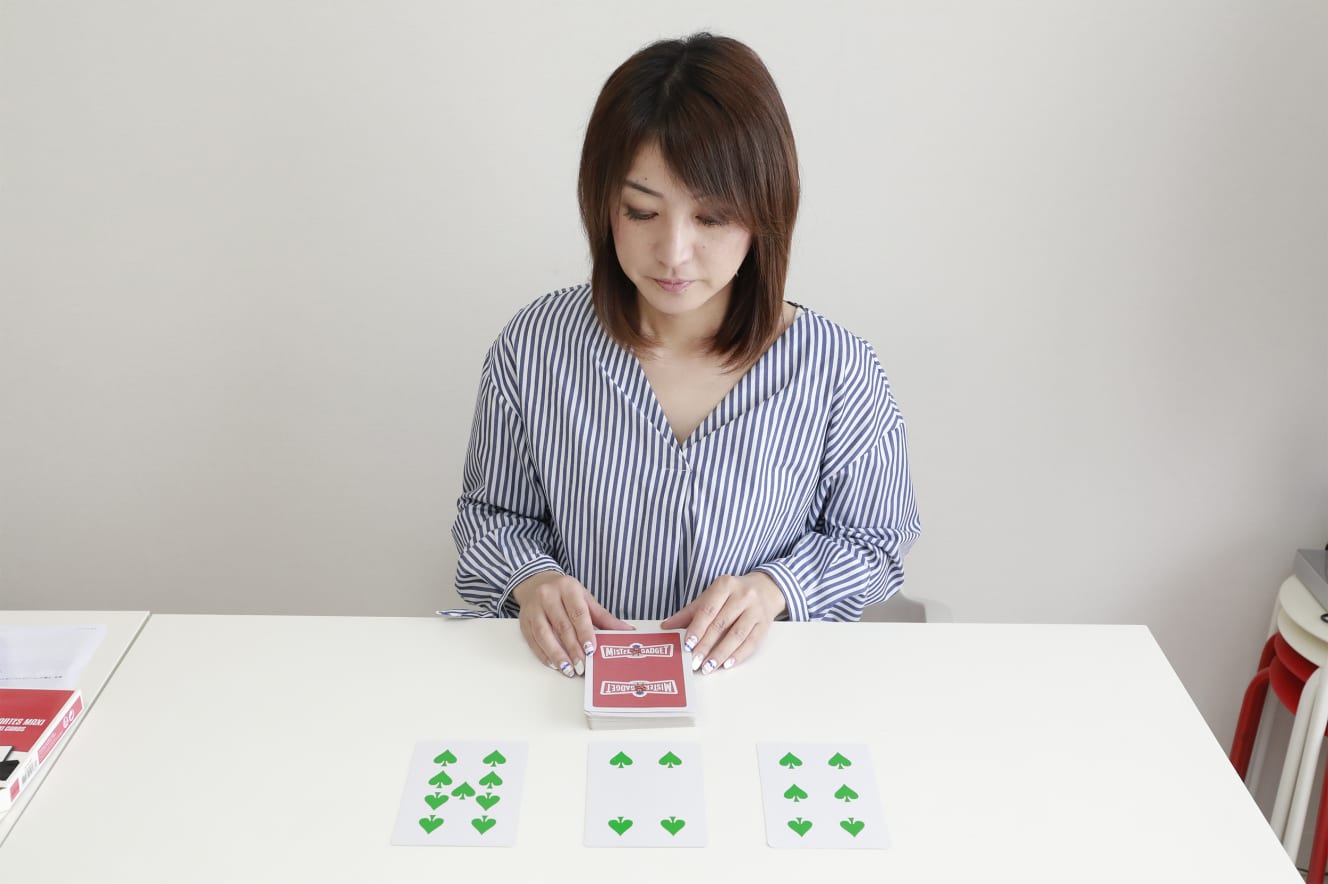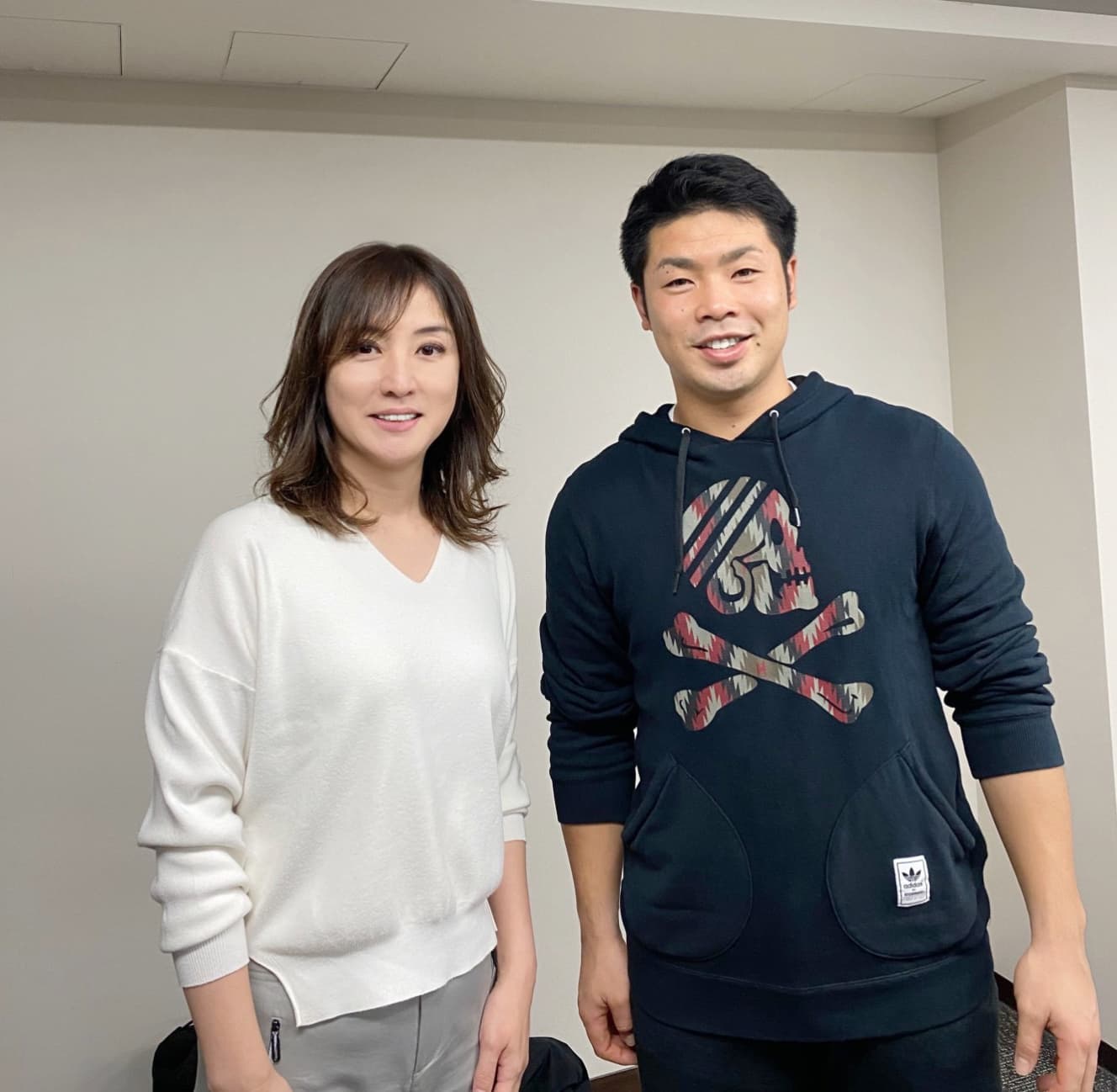Five Teams are Competing to Get Kensuke Kondo of NIHAM — How did a Clinical Psychologist Changed Kensuke’s Performance?
Stay or move to another team?
Kensuke Kondo, who exercised his overseas FA rights. Kondo (29) is being fought over by at least five teams, including Orix, Softbank, Seibu, and Lotte, as well as his current team Nippon Ham. Some teams are offering as much as ¥3.5 billion over six years. What is highly regarded is his overwhelmingly high on-base percentage.
The team is offering a six-year, ¥3.5 billion contract. He has reached base at a rate of 40% or higher for five consecutive years since 2017, and his batting average is .307. In 2019, he led the league with a .109 batting average. He also has a good eye for pitch selection, choosing four balls. In 2017, he did not reach the regulation number of at-bats. He hit .413, the highest batting average ever for a hitter with at least 100 at-bats. His on-base percentage was .567. As a fielder who can produce consistent results, he is a must-have for any baseball team.
Behind Kondo’s high evaluation and success is the existence of a beautiful clinical psychologist. She is a member of Masami Matsushima, president of “Je Respire Co.” Ms. Matsushima has counseled more than 20,000 people. She has worked to spread the message that it is not about how you feel, but about how you can strengthen your mentality.
Ms. Matsushima first met Mr. Kondo in off in 2016. In the same year, NIHAM won the Japanese championship, but Kondo was not performing as well as he would have liked (.337 on base percentage, .265 batting average). Matsushima says, “The trainer at Nichi-Ham told me that Kondo had been a good player for the team.”
I was introduced to Kondo by a trainer at Nichi-Ham. At first, I thought He came to us with the goal of improving his performance because he would ‘lose his temper’ when he couldn’t perform consistently.
The Practice that Stabilized His Mentality

“Aaaaah! Damn!”
Kondo used to scream from the bench every time he had a series of bad hits. Based on the results of his interviews and checkups, Matsushima recommends his own mental vision training.
“There are many types of training,” she said, “depending on the purpose. For example, dangle a ball with many letters and numbers on it, and instantly determine what is written on it. This is an exercise to improve one’s ability to accurately judge what is seen at a moment’s notice. The ball thrown by the pitcher reaches the batter from the mound until0.4 seconds or so. In order to have as much time as possible to correct the action when it differs from the prediction, it is important to be able to make a judgment as quickly as possible. This training improves our ability to take in as many pieces of judgment material as possible at a moment’s notice.
“Practicing looking alternately at the thumbs of both hands, shoulder-width apart and held out in front of you at short, regular intervals is also effective. This eye movement activates the prefrontal cortex of the brain, which affects emotional control and short-term memory (working memory). When the prefrontal cortex is active, it becomes easier to control emotions and improve concentration,” says Matsushima.
Kondo says that he does 20 minutes of mental vision training every day. The effects were tremendous. His dynamic vision improved and his field of vision expanded.
In an interview with “FRIDAY” (April 27, 2018 issue), Kondo responded as follows.
[Joon] We went through various training sessions. We trained in various ways, such as finding “Aiueo” from a sheet of paper with countless letters written on it like a random number table within a certain amount of time, or judging a rubber ball hit against a wall at the moment it bounced off the wall.
The effect was dramatic. I no longer forcefully try to hit the ball ball. Since I was able to assess the ball, I was able to hit only the balls that I caught without being knocked out of position. I now have more mental composure at bat, and I am no longer sad or happy about the outcome.
Under Matsushima’s guidance, Kondo became able to control his emotions and improved his skills in seeing and judging the ball. As mentioned above, he is now able to leave the bases loaded at an astonishing rate.
Mental Vision Training is not only effective for athletes. If continued daily, even ordinary people can stabilize their mental state and improve their concentration. We encourage you to try the exercises that awakened Kondo by referring to the related images.






Masami Matsushima Born in Hiroshima Prefecture. Completed graduate studies at Kyoto Women’s University. Representative Director of the International Mental Vision Training Association. Currently selling mental training gear “REAXION.” The “Miruchare MVT” application, which allows users to check training menus and items, is scheduled to be launched in mid-December.
Photo by: Hiroyuki Komatsu, courtesy of Matsushima (first photo)

